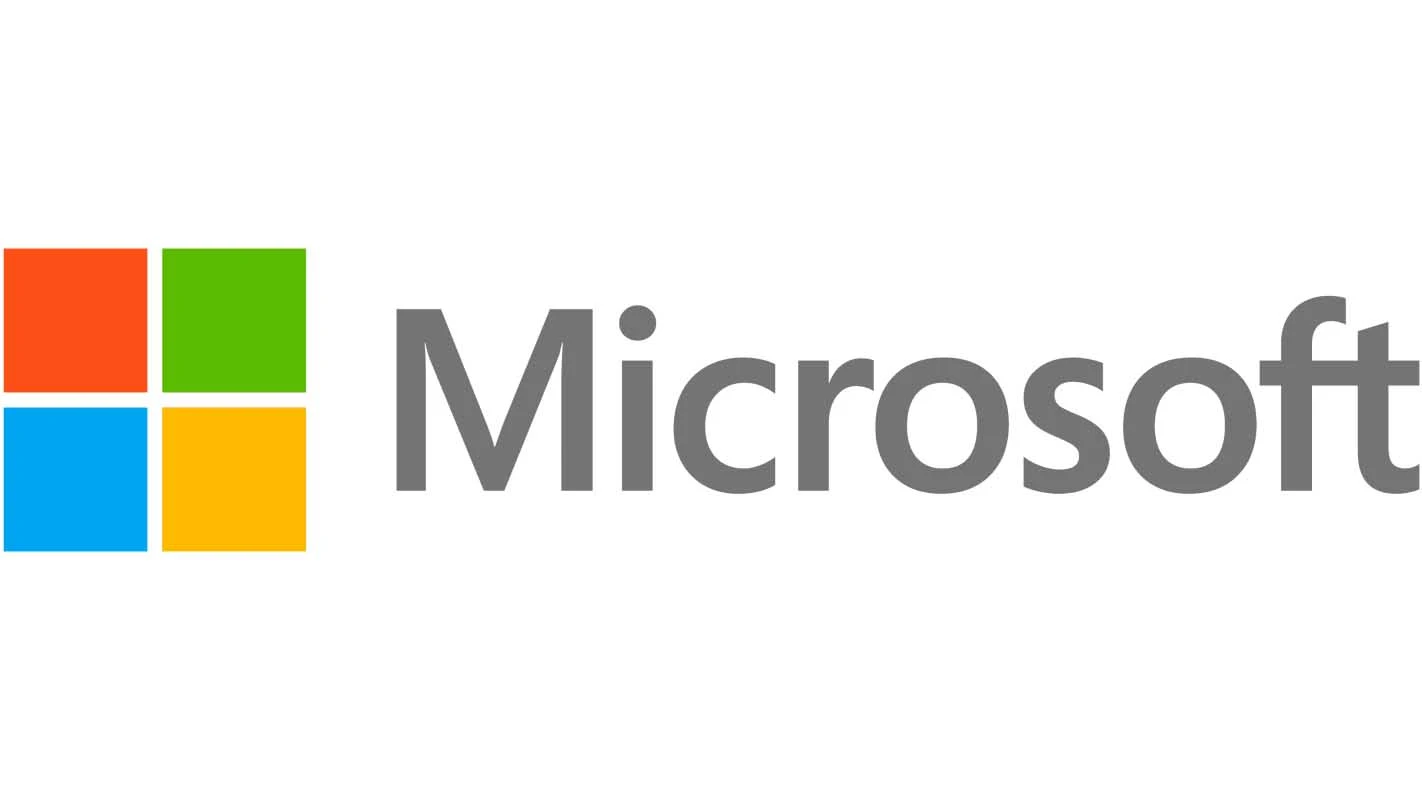Physical Address
304 North Cardinal St.
Dorchester Center, MA 02124
Physical Address
304 North Cardinal St.
Dorchester Center, MA 02124


Microsoft Excel’s Latest Update Empowers Users with In-Sheet Python Coding Microsoft Corporation is set to revolutionize data handling and analysis with its upcoming release of Excel, which will empower users to write and execute Python code directly within the spreadsheet editor’s interface. This innovative addition promises to extend the boundaries of Excel’s capabilities, enabling the creation of advanced data science workflows that surpass the out-of-the-box functionalities of the popular spreadsheet software.
The integration of Python, a versatile and widely-used programming language in the data science and analytics community, represents a significant leap forward for Excel users. Here are the key implications and benefits of this new feature:
Seamless Integration: Users will no longer need to switch between different tools or platforms to work with Python and Excel. This seamless integration streamlines the data analysis process, enhancing productivity and reducing workflow interruptions.
Advanced Data Science Workflows: Python is renowned for its extensive libraries and packages designed for data manipulation, analysis, and visualization. By enabling Python coding within Excel, users gain access to a broader spectrum of data science capabilities, enabling them to perform complex data operations and analysis directly in their spreadsheets.
Custom Solutions: With Python, users can craft customized data solutions tailored to their specific needs. Whether it’s advanced statistical analysis, machine learning, or data cleansing, Excel’s new feature empowers users to develop and execute code to solve unique data challenges.
Learning Opportunities: The ability to write Python code within Excel opens up educational possibilities. Students, professionals, and aspiring data scientists can learn and practice Python in a familiar environment, bridging the gap between spreadsheet proficiency and coding skills.
Expanded User Base: Excel’s move towards Python integration may attract a broader audience, including those who have been hesitant to venture into coding. This inclusive approach democratizes data science and analytics, making it more accessible to a diverse range of users.
This update aligns with the evolving landscape of data analysis, where proficiency in both spreadsheet tools and programming languages like Python is increasingly valuable. It also recognizes the diverse needs of Excel users, from business analysts to researchers, who require more robust data processing capabilities.
Microsoft’s decision to incorporate Python directly into Excel underscores its commitment to empowering users with versatile and user-friendly tools that adapt to the changing demands of data-driven industries. This integration is poised to redefine how users interact with spreadsheets, fostering innovation, and enabling more sophisticated data-driven decision-making processes. As Excel continues to evolve, it solidifies its position as a cornerstone of data analysis in the modern era.
Last Updated on: Wednesday, August 23, 2023 8:18 am by Admin | Published by: Admin on August 23, 2023 8:18 am | News Categories: BUSINESS, TECHNOLOGY
About Us: News Centre 24 covers the latest News on Current News, Business, Sports, Tech, Entertainment, Lifestyle, Automobiles, and more, led by Editor-in-Chief Ankur Srivastava. Stay connected on Facebook, Instagram, LinkedIn, X (formerly Twitter), Google News, and Join Our Community.
Disclaimer: At News Centre 24, we are committed to providing accurate, reliable, and thoroughly verified information, sourced from trusted media outlets. For more details, please visit our About, Disclaimer, and Privacy Policy pages. If you have any questions, feedback, or concerns, feel free to contact us through email.
Contact Us: [email protected]